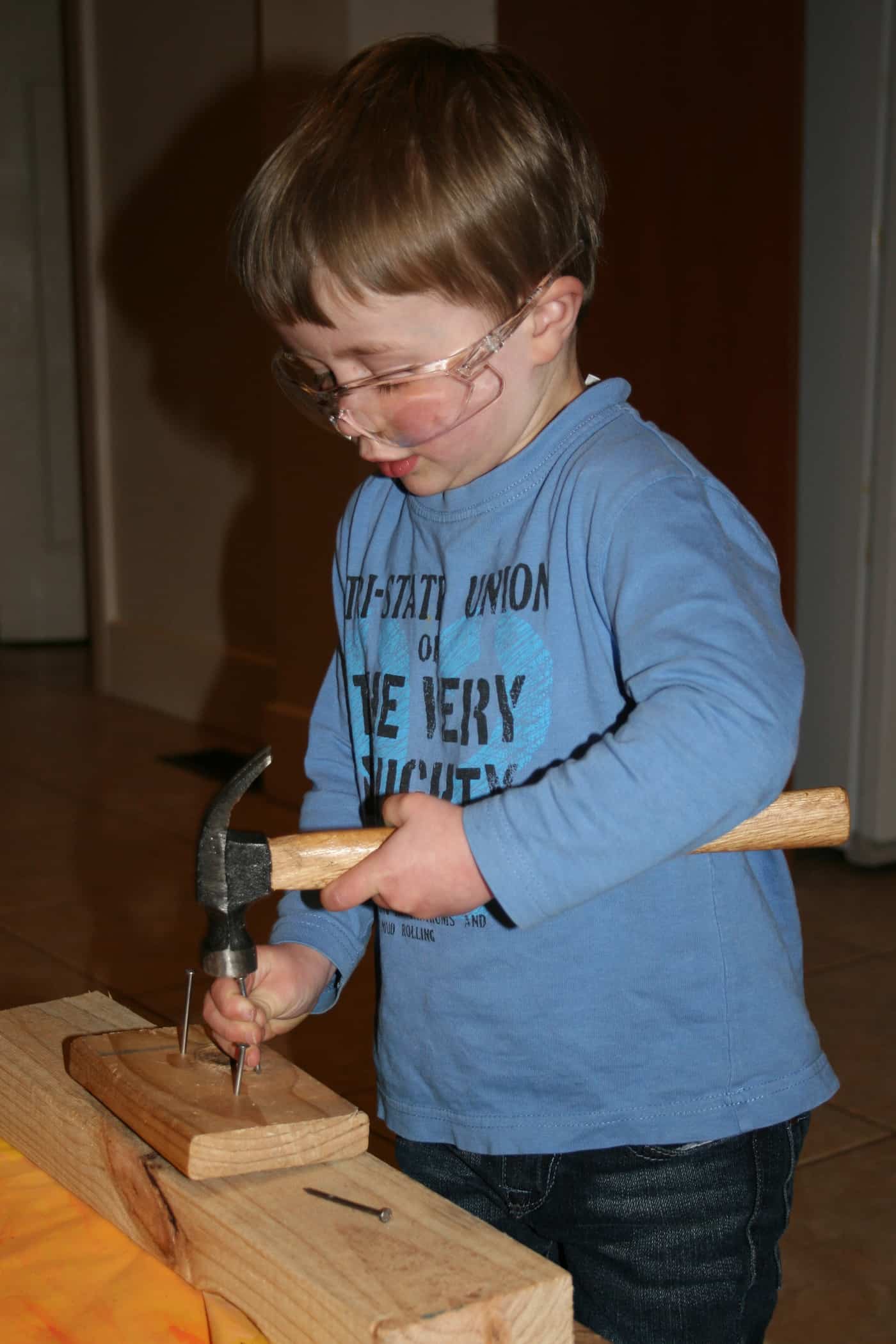On September 3 2013 I will be on a panel in Sydney discussing issues associated with working at heights. Below is a media release (not yet available online) about the panel and some recent data on working at heights risks. The quotes are mine.
Inaction by policy makers is putting lives at risk and now, says a peak safety industry body, there are the numbers to prove it.
The Working At Heights Association (WAHA) will host a crisis summit on Tuesday at The Safety Show Sydney, where it will reveal that one in three roof anchors are unfit for use. Of the 3245 anchors audited by association members over the last three months, 2260 were deemed unusable.
Part of the problem, says WAHA secretary Gordon Cadzow, has been the lack of awareness of the number of inadequate safety systems on Australia’s rooftops.
Continue reading “One in three safety devices unfit to save lives”

 I was reminded of my colleague’s regrets when someone on a construction site recently asked for my opinion on some pictures of her son, at a childcare centre, hitting some nails into a block of wood. The boy (pictured right, at home) was wearing safety glasses, albeit a little large; the “work area” was separated from the rest of the children and the boy was supervised at all times by a child care worker. I was told that some of the parents had expressed concern that such an activity should not be happening in a childcare centre due to the potential risk to other children.
I was reminded of my colleague’s regrets when someone on a construction site recently asked for my opinion on some pictures of her son, at a childcare centre, hitting some nails into a block of wood. The boy (pictured right, at home) was wearing safety glasses, albeit a little large; the “work area” was separated from the rest of the children and the boy was supervised at all times by a child care worker. I was told that some of the parents had expressed concern that such an activity should not be happening in a childcare centre due to the potential risk to other children.